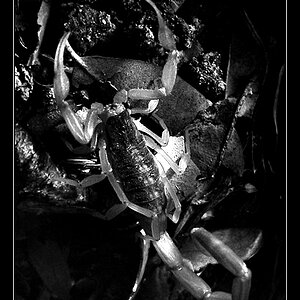SilverGlow
TPF Noob!
- Joined
- Oct 21, 2008
- Messages
- 95
- Reaction score
- 0
- Location
- Orange County, Calif
- Can others edit my Photos
- Photos OK to edit
I'm just coming back to film from digital, after being gone for about 8 years. I want to do a lot of shooting with a 50mm F1.2 lens, available light, and inside. The genre is candid (contrived) portraiture. What film would be good for this? What "white balance" issues would I have to consider with choosing a film? I don't want the yellow casts I remember getting many years ago. The available lighting will often be incadecent, and sometimes flourescent (which I hate). Do today's 400 ISO films provide very fine grain? Good enough for 8" x 10" or a little bigger?
Any tips and advice are welcome!
Thanks,
Dan
Any tips and advice are welcome!
Thanks,
Dan


![[No title]](/data/xfmg/thumbnail/34/34144-52e7a5d3e3908ae808afeabfe86fffdc.jpg?1619736317)
![[No title]](/data/xfmg/thumbnail/42/42023-bdd979ff50e78cc28479297780caeb90.jpg?1619739981)
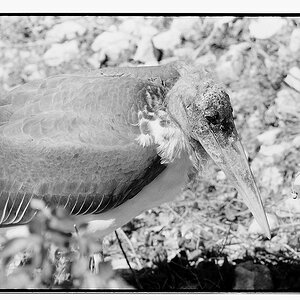
![[No title]](/data/xfmg/thumbnail/30/30883-04222f7ae234efdf80dff6f96ddad16f.jpg?1619734495)
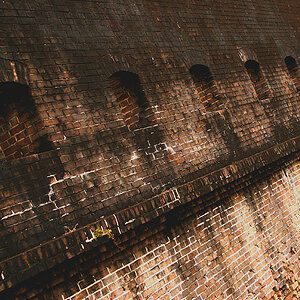
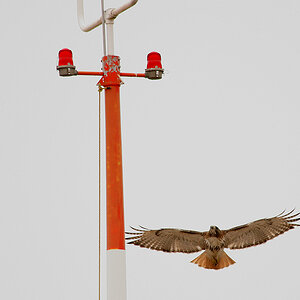

![[No title]](/data/xfmg/thumbnail/39/39438-1eb8b5f82b59d9d0c72ae9025778ed4c.jpg?1619739032)
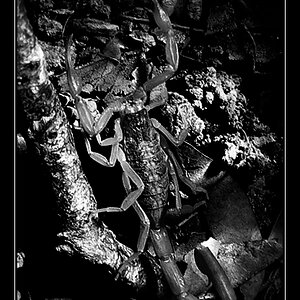

![[No title]](/data/xfmg/thumbnail/39/39533-c2c39d37e833a4689533c897ace8c348.jpg?1619739073)
